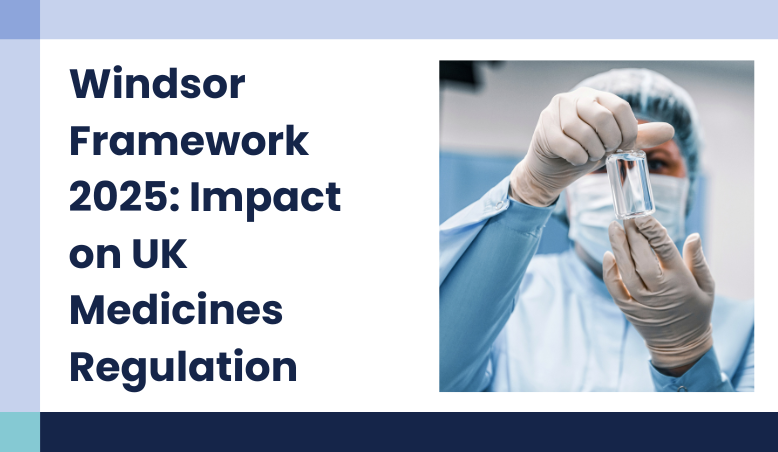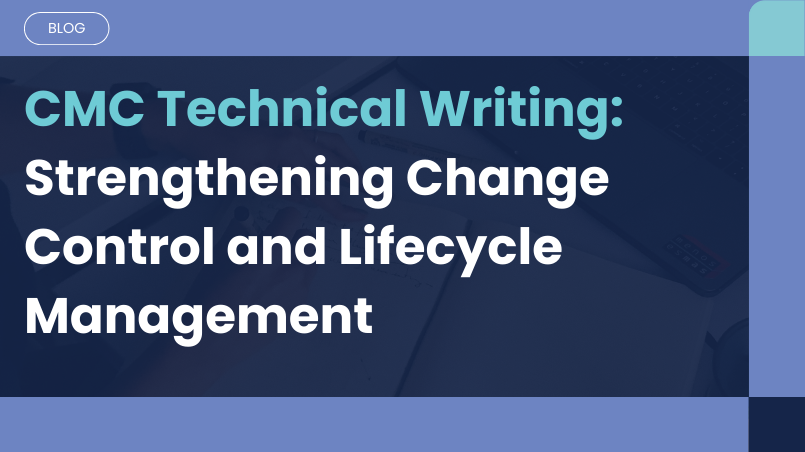CMC Technical Writing: Strengthening Change Control and Lifecycle Management
Beyond Compliance: Redefining the IDMP Data Model as a Digital Pharma Strategic Driver
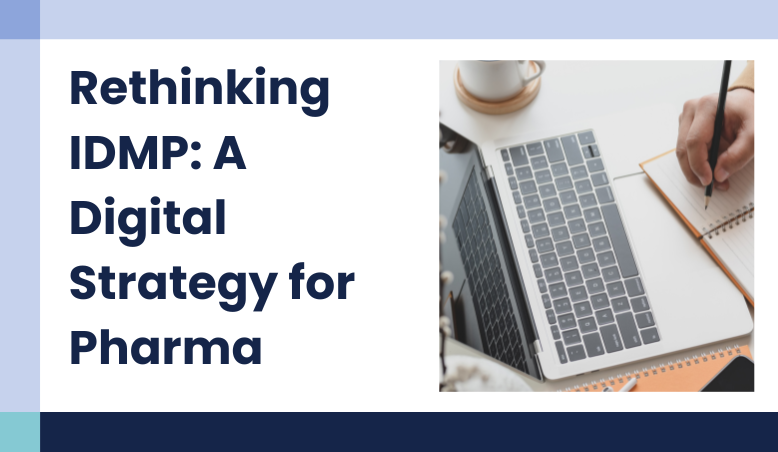
29 May, 2025
Pharma’s regulatory environment is shifting. Gone are the days of static, document-based submissions. Instead, we’re seeing the introduction of data-driven, interconnected ecosystems. At the heart of that revolution is ISO IDMP (Identification of Medicinal Products). Instead of viewing IDMP as yet another compliance headache, however, it’s time to flip the thinking on its head.
What if we looked at IDMP not just as a regulatory requirement – but as a blueprint for pharmaceutical innovation?
A Worldwide Language for Drugs
The IDMP standards, which were created by ISO, provide a worldwide standard for the definition of medicinal product information and its exchange worldwide. Five standards (ISO 11615, 11616, 11238, 11239, and 11240) together address all aspects from product information and substances to vocabularies and units of measurement.
But the real power of IDMP isn’t in the separate data fields or even its FHIR-based architecture – it’s in how they all connect to one another. It provides them with a shared “data language” that allows pharma companies, regulators, and partners to communicate with each other clearly and consistently across borders.
And now, let’s shift our focus from what IDMP is, to what it enables:
- Global Regulatory Alignment: Harmonized data modeling suggests smoother collaboration between agencies like the EMA, FDA, PMDA, and WHO. It opens doors to automated mutual recognition and faster approvals.
- Digital Twins for Medicines: Through IDMP, we can create real-time digital replicas of drug products that are up-to-date throughout the whole lifecycle – from manufacture to market withdrawal.
- AI-Ready Infrastructure: IDMP’s structured, modular data is perfectly designed for AI training. From drug interaction prediction to label updates automation, high-quality data is the cornerstone.
Launchpad for Digital Transformation
IDMP was maybe born out of regulatory interests, but its data model can do much more. Here are three powerful – but underutilized – ways it can transform pharma:
- AI-Powered Pharmacovigilance:
Standardized IDMP data enables AI systems to better process adverse event reports. By linking substances, formulations, and results, these systems can detect patterns more rapidly – uncovering safety issues that span products or geographies. Another estimate puts the potential cost savings at up to 40% of time spent manually reviewing. - Blockchain-Based Supply Chains:
IDMP’s rich product and batch information can be traced on blockchain platforms, establishing tamper-evident product histories. Picture checking a medication at the pharmacy and immediately verifying it’s real — aiding in the fight against the $200B illegal drug counterfeit threat. - Patient-Centric Information Platforms:
IDMP can power apps offering patients accurate, multilingual information with just a scan of a product. From dosing guidance to recall announcements, this openness gives patients assurance and boosts medication adherence.
Where the Industry Is Now
Regulators are moving at different rates on IDMP. The EMA is leading the way with its SPOR framework and is actively promoting API-driven, FHIR-based submissions. The FDA is harmonizing IDMP with SPL, and other regulators like Japan’s PMDA and Health Canada are wading in with pilots to harmonize data.
On the business side, the momentum is growing. Initiatives like the PIIWG and IRISS Forum are spurring cooperation. Some pharma companies are also investing in master data management (MDM) solutions for IDMP, allowing them to look beyond regulatory compliance and gain operational advantages – like faster market access and supply chain transparency.
What the Industry Tends to Overlook
Too often, IDMP is reduced to a box-ticking exercise: map the data, load it, send. That narrow view misses an enormous opportunity:
- Knowledge Graphs over Flat Tables: By modelling IDMP as a graph rather than flat datasets, companies can surface hidden relationships between ingredients, indications, formulations, and markets – enabling smarter decision-making.
- Cross-Departmental Integration: IDMP information should not be stored in a regulatory silo. It can be fed into pharmacovigilance, manufacturing, supply, and even medical affairs – if systems are designed with interoperability.
- Living Governance Models: Static data stewardship is not enough in an increasingly dynamic market. We need adaptive, role-aware governance structures that can change as new products, partners, and regulations emerge.
What’s Next?
- FHIR-Native Submissions:
FHIR is not just a data format – it’s becoming the building block of real-time regulatory data exchange. Other agencies are going to require FHIR-native submissions. - Automated Impact Analysis:
With IDMP, such changes as a shift in an ingredient or a manufacturing site can trigger real-time alerts indicating ripple effects on labelling, safety, and compliance – automatically. - Cloud-Based IDMP Hubs:
Increasingly, companies are shifting to cloud-native platforms that consolidate IDMP data and deliver it to business teams through dashboards and APIs.
From Compliance to Competitive Advantage
IDMP is not simply a matter of regulatory compliance – it is a strategic imperative. Companies that embrace it as part of the fabric of their digital DNA will gain velocity, clarity, and strength. Others, who see it as merely another form to fill out, will be left behind in the smoke. In the not-so-distant future, pharma success will cease to be about getting the deal right – but about running your business with it.
Contact us today at info@celegence.com to learn how we can help you achieve IDMP compliance and secure your pharma company’s ticket to the future.
Other Related Articles
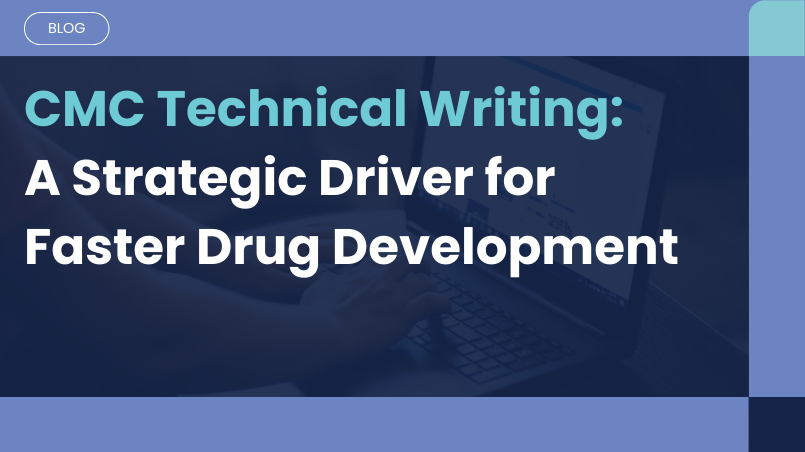
02 Dec, 2025
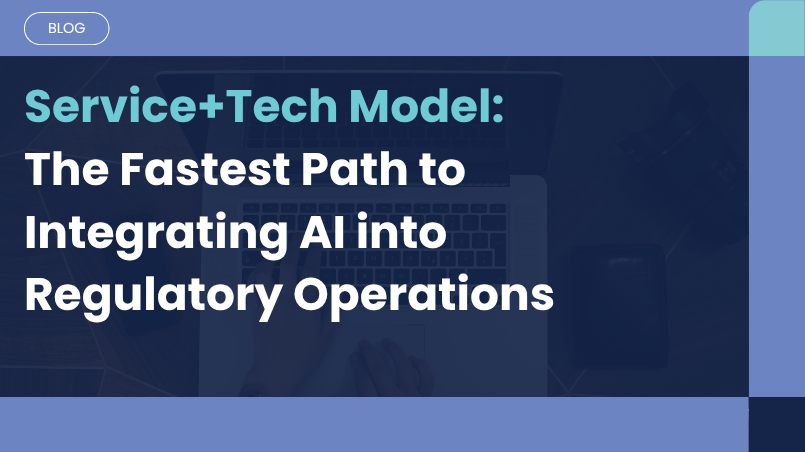
11 Nov, 2025

04 Nov, 2025
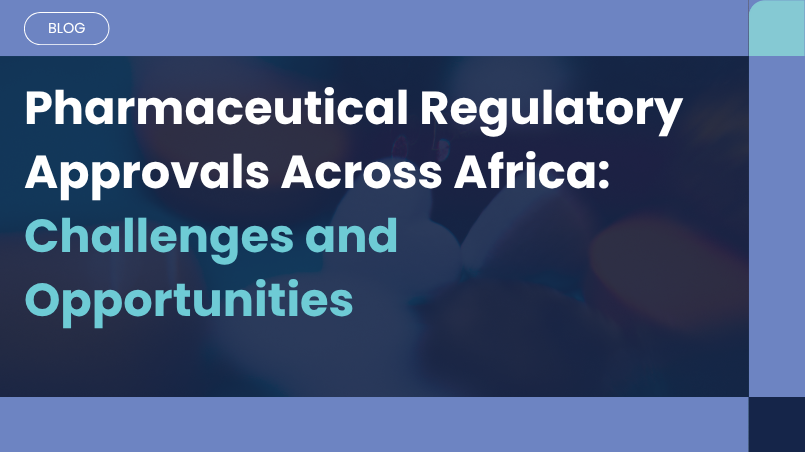
21 Oct, 2025
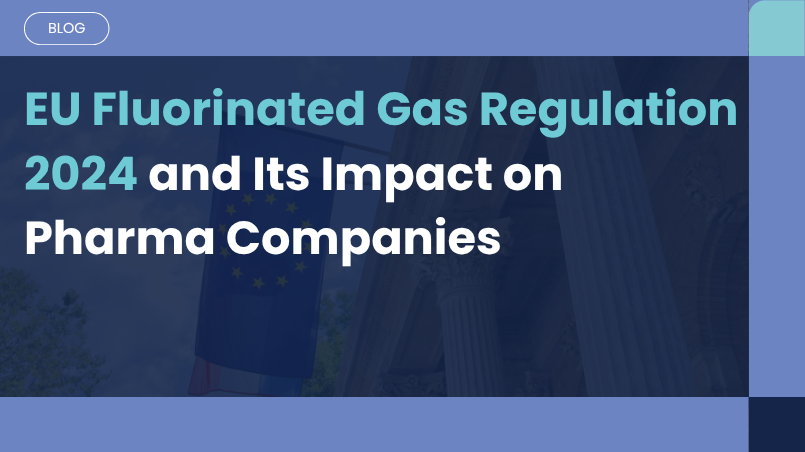
08 Oct, 2025

